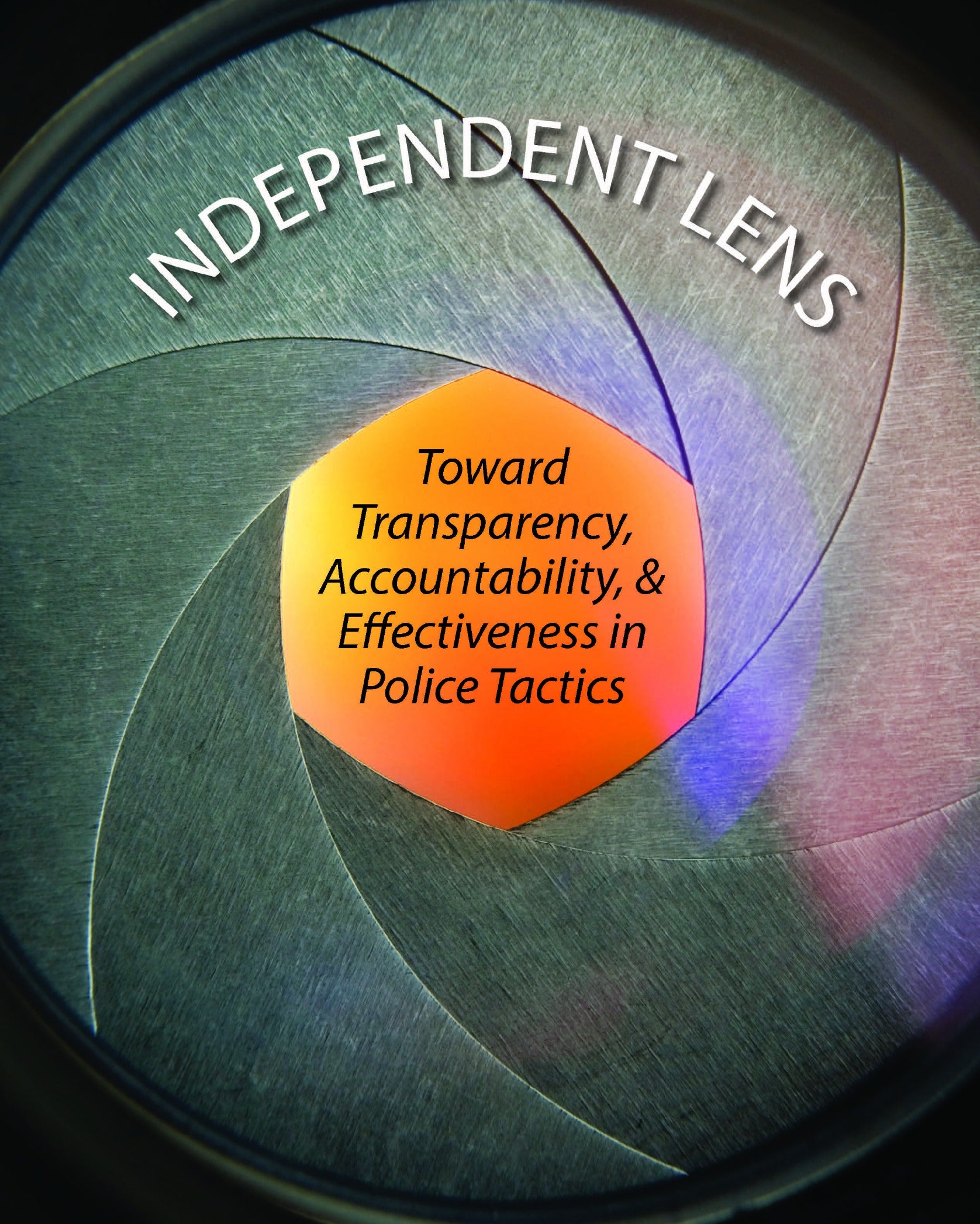Mandating that police wear body-worn cameras can help to improve relations between police and communities, and ensure greater accountability for police actions. But these requirements must be carefully and thoughtfully implemented within a much wider set of policy and practical policing reforms. These are the conclusions drawn from a new report released by the Charles Hamilton Houston Institute for Race and Justice titled Independent Lens: Toward Transparency, Accountability, and Effectiveness in Police Tactics, that explores the potential and limitations of body-worn cameras for police.
Authors Chike Croslin ’16, Justin Dews, and Jaimie McFarlin ’15 of the Harvard Black Law Students Association write: “Overall, the benefits of the data from body-worn cameras as evidence may be limited due to its form as video evidence and the pervasiveness of implicit bias.”
Recent police shootings of unarmed civilians, incidents of police misconduct, high levels of complaints against police, and costly settlements have highlighted the divisions that exist between police and residents, and the lack of trust that frequently exists between police and the communities they serve, particularly communities of color. In response, many are calling for new laws to require police officers to wear body-worn cameras to record their interactions with the public. Because this technology is relatively new and still largely untested, there exist myriad questions about the legality, usefulness, and effectiveness of such requirements
Independent Lens takes a close look at these questions, and concludes that “body-worn cameras, when appropriately integrated into existing police practices and supported by a detailed regulatory architecture, can be a key tool for reinvigorating community policing and reducing costs stemming from complaints, litigation, and settlements.” However, the report also cautions policymakers of the limitations of body-worn camera technology. Such devices do not address the need for deeper reforms within police departments, such as additional training of police officers, greater monitoring of the effects of implicit racial bias, and shifts in agency incentive structures away from arrests and toward greater public safety.
David Harris, the Managing Director of the Houston Institute said: “This timely report provides important insights about how to improve police interactions with the public so as to create safer communities for all of us. While body-cams, if properly implemented, can be helpful, they certainly do not represent ‘the answer.’ Rather, as this report makes clear, we need to look at a host of other structural reforms needed to create more effective and equitable policing practices.”
In Massachusetts, the report’s findings and recommendations are particularly salient. Representative Denise Provost (D-27th Middlesex) and Sen. Jamie Eldridge (D-Middlesex and Worcester) have filed body-cam bills in the House and Senate respectively. First, the report explains some of the issues surrounding the relationships between police and communities of color, noting: “Police brutality harms police-community relations when the victimized groups see a particular incident of excessive force as typical of the police and vent their anger against the continuation of that discriminatory pattern of brutality.”
The report also found that police misconduct can be exceedingly expensive. In its survey of financial costs to municipalities of police misconduct, the report argues that payouts of millions of dollars (such as Chicago’s $84.6 million in police misconduct settlements, judgments, and legal fees in 2013) could be far more effectively put to use in programs and trainings aimed at improving public safety and relationships between police departments and the communities they serve. It also found that the vast majority—97% —of unconstitutional police search and seizures produce no evidence.
The report concludes with examples of model body-cam legislation, and offers a host of related policy analyses, including funding, scale, public access to the recordings, privacy concerns, data storage, and oversight.
The Executive Summary and full report are available at: http://www.charleshamiltonhouston.org/2015/05/independent-lens-toward-transparency-accountability-and-effectiveness-in-police-tactics/
